Ulica Roosevelta / Budde Strasse
Ulica Roosevelta / Budde Strasse
© Fotopolska.eu
POL
near Poznań
Fetching images...
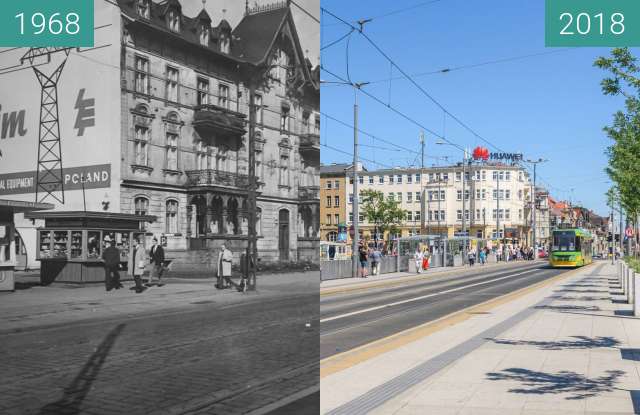
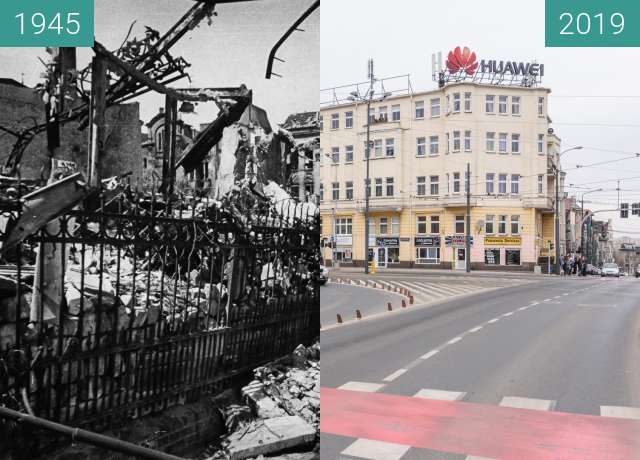
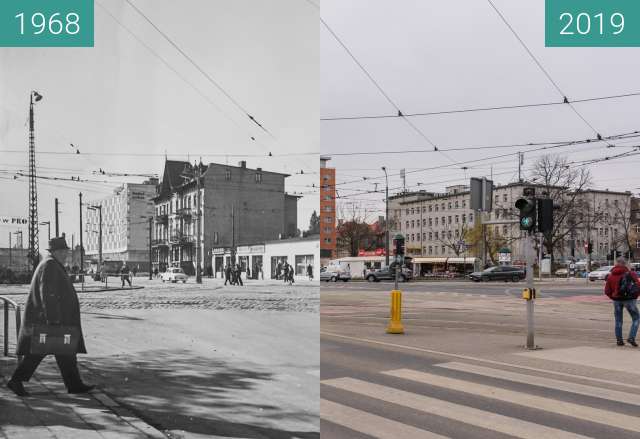
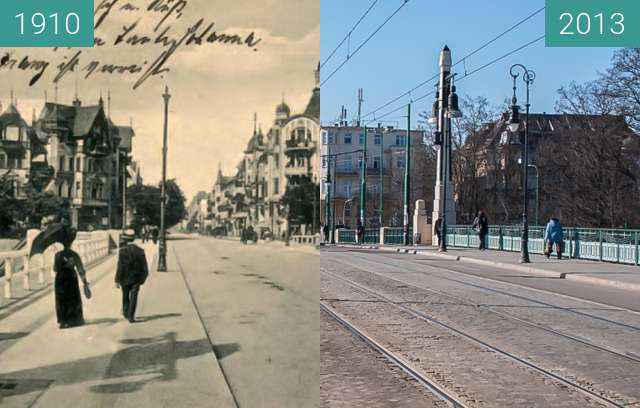
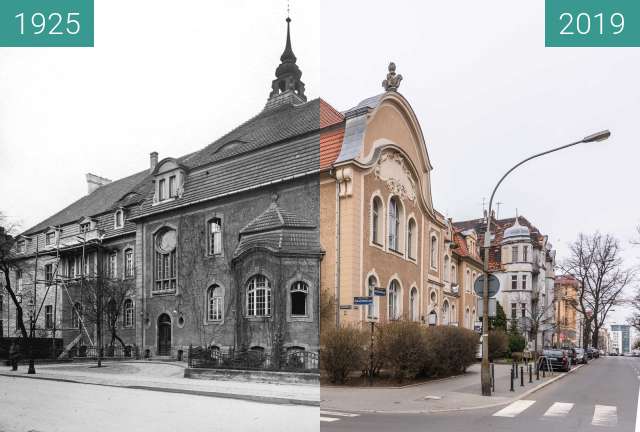
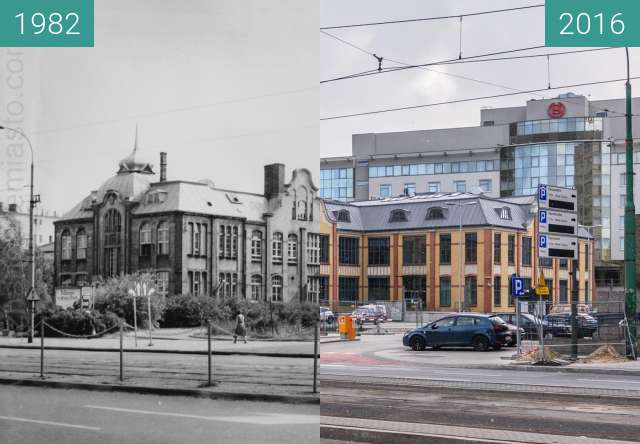
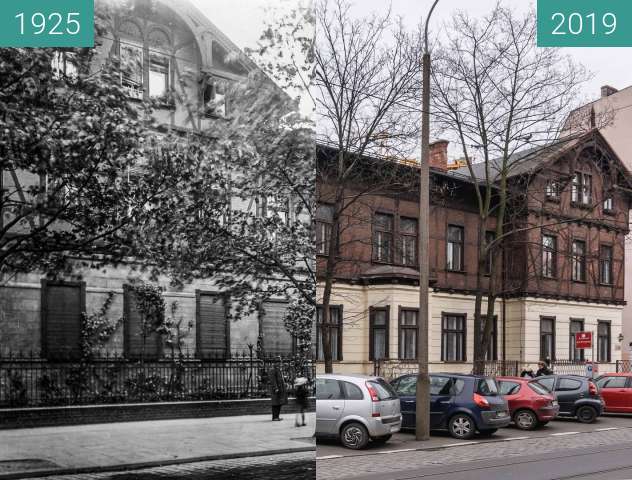
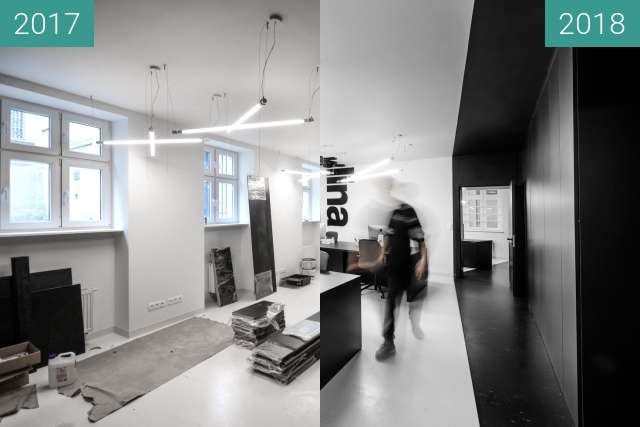
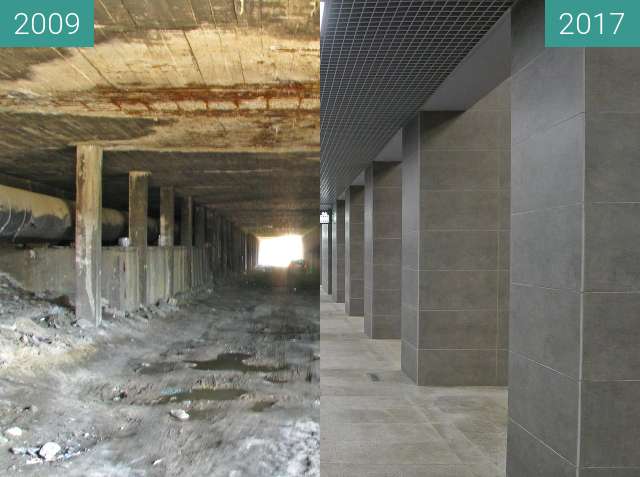
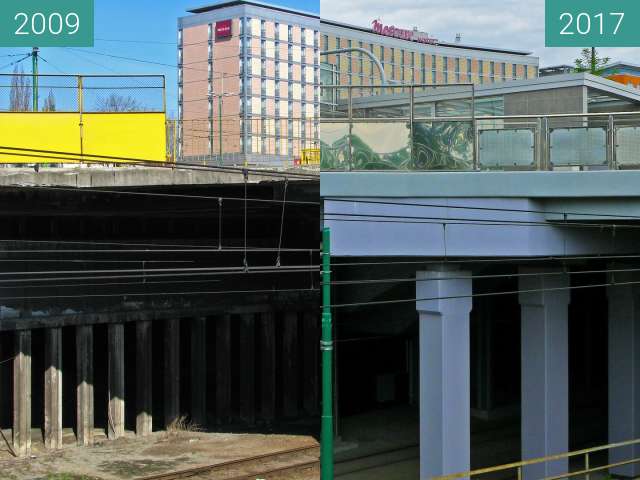
Zespół rezydencji na Jeżycach w Poznaniu - luksusowe osiedle okazałych willi miejskich, wzniesione w latach 1903-1914 w Poznaniu, na Jeżycach, w rejonie ulic Sienkiewicza (Wettynów) - Mickiewicza (Hohenzollernów) - Dąbrowskiego (Wielka Berlińska) - Słowackiego (Karola).
Osiedle powstało po likwidacji obwarowań miejskich (Twierdza Poznań), pod wpływem idei urbanisty Josepha Stübbena, który zrealizował w Poznaniu kilka innych założeń, wśród nich np. Sołacz. Zabudowane zostało luksusowymi, niezwykle okazałymi rezydencjami, adresowanymi do najbardziej zamożnych obywateli miasta. Zlokalizowano tam zarówno mieszkania, jak i apartamenty dla rentierów.
Obszar podzielono na działki przed 1903, a zabudowę zasadniczo zakończono około 1910, z tym, że później była ona jeszcze częściowo uzupełniana. Autorami koncepcji poszczególnych willi byli m.in. Karl Roskam i Paul Lindner.
Na osiedlu zamieszkała elita poznańskiej inteligencji - lekarze, urzędnicy, kupcy i architekci. Ze znanych osób byli to m.in. Heliodor Święcicki (profesor), Czesław Blachowski, Paul Lindner, Karl Roskam (architekci), czy kupiecka rodzina Kantorowiczów (Hartwig Kantorowicz był pierwszym producentem wódki Wyborowej, w swojej fabryce na Grochowych Łąkach w Poznaniu).
Budynki były zaprojektowane z rozmachem, przy maksymalnym wykorzystaniu działek - wysokie domy robiły wrażenie willi, a jednocześnie, podobnie jak kamienice miejskie, zapewniały właściwy zwrot kapitałów zaangażowanych w budowę, poprzez dużą liczbę posiadanych kondygnacji. Elewacje zdobiono zgodnie z zasadami secesji, a później, po 1910, skromniej - w duchu bardziej klasycznym. Przed domami zaprojektowano ogródki - całość dzielnicy miała znaczący odsetek zieleni.
Oprócz willi, na osiedlu ulokowała się siedziba Landratury (Starostwo) powiatu Poznań-Zachód (obecnie budynek w gestii służby zdrowia). Obiekt powstał w 1908, według projektu G.Seidla, w duchu neobarokowym, z elementami secesji. W 2008 został gruntownie wyremontowany. Takie sąsiedztwo dodatkowo podniosło status całego osiedla.
Po 1945 część kamienic, od strony ul. Roosevelta, zburzono - obecnie stoi tam m.in. Hotel Merkury. Reszta zachowała się i jest obecnie stopniowo poddawana procesowi rewitalizacji, po zaniedbaniach epoki PRL. Na kamienicy przy ul. Mickiewicza 32 umieszczono we wrześniu 1989 okrągłą tablicę pamiątkową ku czci nauczycieli wielkopolskich, pomordowanych w czasie II wojny światowej (mieści się tam Zarząd Okręgowy ZNP).
Źródło:
https://pl.wikipedia.org/wiki/Zesp%C3%B3%C5%82_rezydencji_na_Je%C5%BCycach_w_Poznaniu
The Jeżyce Residence Complex in Poznań - a luxurious estate of impressive city villas, built in the years 1903-1914 in Poznań, in Jeżyce, in the area of Sienkiewicza (Wettynów) - Mickiewicza (Hohenzollernów) - Dąbrowskiego (Wielka Berlińska) - Słowackiego (Karola) streets.
The estate was created after the liquidation of the city fortifications (Poznań Fortress), under the influence of the idea of the urban planner Joseph Stübben, who implemented several other projects in Poznań, including Sołacz. It was built with luxurious, extremely impressive residences, addressed to the most affluent citizens of the city. Both apartments and apartments for rentiers were located there.
The area was divided into plots before 1903, and the development was basically completed around 1910, although it was partially supplemented later. The authors of the concepts of individual villas were, among others, Karl Roskam and Paul Lindner.
The estate was inhabited by the elite of Poznań's intelligentsia - doctors, officials, merchants and architects. Famous people included Heliodor Święcicki (professor), Czesław Blachowski, Paul Lindner, Karl Roskam (architects), and the Kantorowicz merchant family (Hartwig Kantorowicz was the first producer of Wyborowa vodka, in his factory in Grochowe Łąki in Poznań).
The buildings were designed on a grand scale, with maximum use of plots - tall houses gave the impression of villas, and at the same time, like city tenement houses, they ensured a proper return on capital invested in the construction, through the large number of storeys they had. The elevations were decorated in accordance with the principles of Art Nouveau, and later, after 1910, more modestly - in a more classical spirit. Gardens were designed in front of the houses - the entire district had a significant percentage of greenery.
In addition to the villa, the estate also houses the seat of the Landratura (Starostwo) of the Poznań-Zachód district (currently a building managed by the health service). The building was built in 1908, according to the design of G. Seidl, in the neo-Baroque style, with elements of Art Nouveau. In 2008, it was thoroughly renovated. Such proximity additionally raised the status of the entire estate.
After 1945, some of the tenement houses on the side of Roosevelta Street were demolished - currently, there is, among others, the Hotel Merkury. The rest has been preserved and is currently undergoing a gradual revitalization process, after the neglect of the PRL era. In September 1989, a round commemorative plaque was placed on the tenement house at Mickiewicza Street 32 in honor of the teachers from Wielkopolska murdered during World War II (it houses the District Board of the ZNP).
Source:
https://pl.wikipedia.org/wiki/Zesp%C3%B3%C5%82_rezydencji_na_Je%C5%BCycach_w_Poznaniu